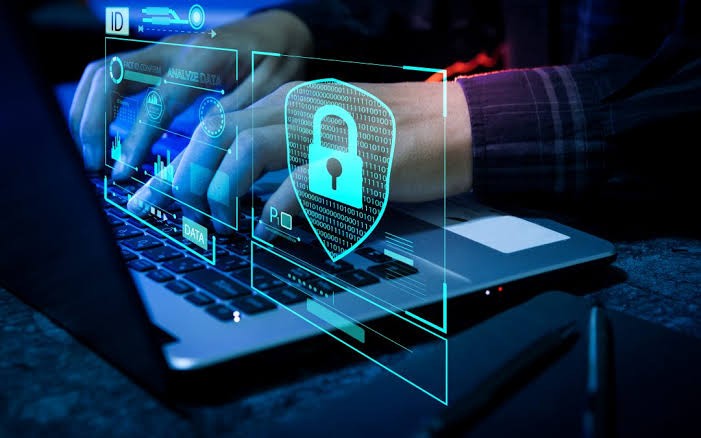In an era where cyber threats are increasingly sophisticated, Cybersecurity & Compliance have become critical priorities for organizations across industries. Cybersecurity involves protecting digital assets from threats like malware, phishing, and ransomware, while compliance ensures adherence to regulations such as GDPR, HIPAA, or PCI-DSS. Together, they form a robust framework for safeguarding sensitive data and maintaining trust with customers and stakeholders. This blog explores the importance of cybersecurity and compliance, their challenges, and best practices for success.
Understanding Cybersecurity & Compliance
Cybersecurity & Compliance are two sides of the same coin. Cybersecurity focuses on technical measures to protect systems, networks, and data, while compliance ensures that these measures meet legal and industry standards. For example, GDPR mandates strict data privacy protocols, while HIPAA governs the handling of healthcare information. Non-compliance can result in hefty fines, legal action, and reputational damage, making it essential for businesses to integrate both aspects into their operations.
Key Challenges in Cybersecurity & Compliance
Evolving Threat Landscape
The cybersecurity landscape is constantly changing, with new threats emerging daily. In 2023, the global average cost of a data breach reached $4.45 million, a 15% increase from previous years. Cybercriminals use advanced techniques like AI-driven phishing or zero-day exploits, making it challenging for organizations to stay ahead. Compliance requirements also evolve, requiring businesses to continuously update their policies and systems to remain compliant.
Resource Constraints for SMBs
Small and medium-sized businesses (SMBs) often lack the resources to implement robust cybersecurity measures or navigate complex compliance requirements. Hiring in-house experts or investing in advanced tools can be cost-prohibitive. Managed IT Services providers can bridge this gap by offering affordable, scalable solutions tailored to specific regulatory needs, such as automated reporting or vulnerability assessments.
Strategies for Effective Cybersecurity & Compliance
Implementing Robust Security Measures
To protect against cyber threats, organizations should deploy firewalls, encryption, and intrusion detection systems. Regular security audits and penetration testing can identify vulnerabilities before they are exploited. Additionally, employee training on recognizing phishing attempts and following best practices is crucial, as human error is a leading cause of breaches.
Automating Compliance Processes
Compliance often requires detailed documentation and reporting, which can be time-consuming. Automated tools can streamline these processes by tracking system performance, generating audit trails, and ensuring data retention policies are followed. For example, Managed IT Services providers offer monitoring tools that simplify compliance with regulations like GDPR or PCI-DSS.
Partnering with Experts
For organizations without in-house expertise, partnering with a Managed Service Provider or cybersecurity consultant can be a game-changer. These experts stay updated on the latest regulations and threats, ensuring that businesses remain compliant and secure. They can also provide tailored solutions, such as cloud security or disaster recovery plans, to meet specific industry requirements.
The Role of Cybersecurity & Compliance in Business Continuity
A strong cybersecurity and compliance strategy is essential for business continuity. Data breaches or non-compliance can lead to significant downtime, financial losses, and reputational damage. By implementing robust security measures and adhering to regulations, businesses can minimize risks and ensure uninterrupted operations. For example, disaster recovery solutions, such as regular backups and incident response plans, are critical components of both cybersecurity and compliance.
Looking Ahead: The Future of Cybersecurity & Compliance
As cyber threats become more advanced, organizations must adopt proactive approaches to cybersecurity and compliance. Emerging technologies like AI and machine learning can enhance threat detection and automate compliance tasks. However, businesses must also stay vigilant about new regulations and evolving standards. By investing in Cybersecurity & Compliance, organizations can protect their assets, build customer trust, and position themselves for long-term success in a digital world.
